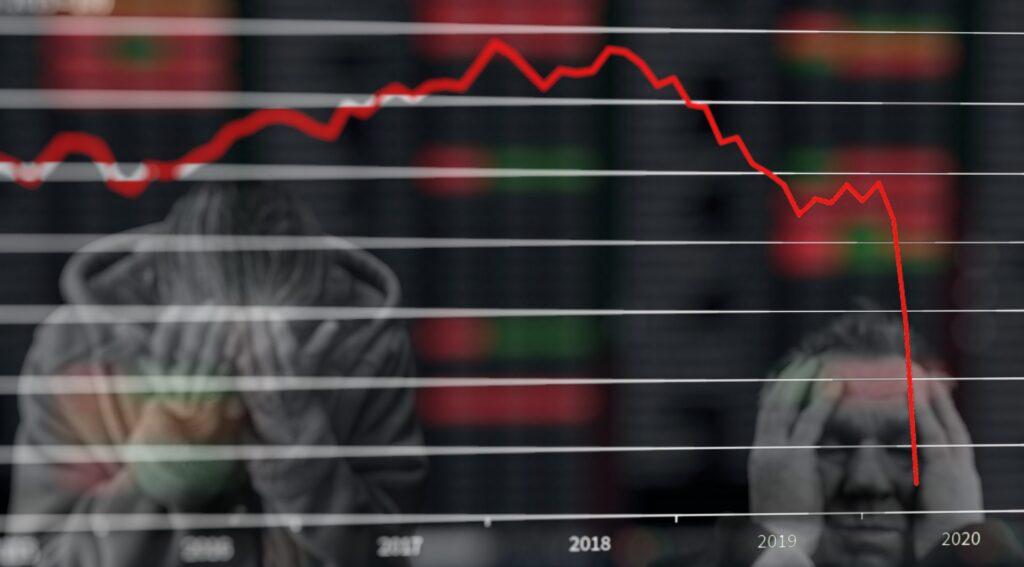The CFTC is working on new rules for high-frequency trading (HFT), the trading activity that makes massive profits for some of the firms using it, that has been blamed for reckless and hazardous behaviour that could lead to flash crashes, and has been at the centre of a well-documented public debate with strongly held and polarised views. The CFTC has been working for a while on rules regulating HFT – with another new development. Here is what happened, what the impact is for high-frequency trading and what else is on the regulatory horizon for HFT.

High-frequency trading is a volatile and explosive form of trading, focused on using the best possible computer algorithms in order to find opportunity in the market and go big. HFT is one of the most polarizing topics in the world of finance, and there have been plenty of changes surrounding it in recent times.
It’s important to be aware that there are new rules planned for exchanges regarding high-frequency trading (HFT) that are currently pending. New plans by the Commodity Futures Trading Commission (CFTC) seek changes to regulation regarding high-frequency trading, by way of dropping initial plans, and introducing fresh directives. We’ll look more closely at these changes below.
What is HFT?
High-frequency trading (HFT) is a method of trading that relies on computer programs to place and complete a high volume of orders in an incredibly quick timeframe, often mere fractions of a second. Through a series of complex algorithms, these computer programs scour the market for trading opportunities, no matter how small, and can typically complete millions of orders far quicker than traditional markets.
Modern HFT makes use of microwaves and laser technology to work and find the best information in the fastest time. This has only been possible since technology evolved, and gained traction when exchanges started to incentivise companies adding liquidity back into the market.
What is a flash crash?
A ‘flash crash’ is the term used to describe a rapid and very volatile fall in prices, in an incredibly short space of time. Generally speaking this manifests with a dramatic sell off of securities in a very short period of time, resulting in a price decline. As securities trading has become more digitized the likelihood of flash crashes increases, which is why many exchanges have taken steps to improve security measures and protect liquidity.
Where high-frequency trading is concerned, there is a school of thought that HFTs were largely to blame for the 2010 flash crash, which lasted for 36 minutes and briefly wiped out more than $860 billion of equity. Michael Lewis, famed for the non-fiction book The Big Short, written about the US housing crash of 2008, penned a book titled Flash Boys in 2014. The premise of the book was essentially that high speed trading was rigging markets and had contributed to the crash.
What do the new rules propose?
The CFTC’s new rules are focused on easing some of the stronger restrictions set in place by the Obama administration. The biggest factor to note here is that the commission is considering an amendment to the highly controversial Regulation AT proposal, first proposed back in 2014. Following the publication of ‘Flash Boys’ and claims about the actions of HFTs causing flash crashes, the initial rule proposed that traders would have to have granted access to their computer codes responsible for carrying out automatic trades.
This was met with widespread industry opposition, as many firms considered this to be their intellectual property. And it led to CFTC Chairman Heath Tarbert announcing plans to reassess Regulation AT at a Senate hearing last year. And now the CFTC is proposing to drop the original provision, in addition to introducing some new rules as well. Among these include a proposal that will require exchanges to put procedures in place to guard against algorithmic disruptions to trading. Which will mean a security and systems overview for exchanges, in place of forcing HFTs to register with the CFTC.
What is the impact?
The impacts of these new rule changes on the industry are difficult to quantify at this stage, but it’s clear that this is going to force a lot of exchanges and traders to rethink their business models. But anything that causes a little more security among high frequency trading has got to be a good thing. However, not everyone is happy, and a further proposal from the CFTC to prevent swaps trading platforms from revealing the identities of traders has been criticised by banks, who believe it will disrupt market activity.
Next steps?
So what are the next steps? Well, it is clear that exchanges and traders are constantly seeking out marginal gains with high frequency trading, and that means ever evolving software and computer power. We could well start to see HFT become automated in the not too distant future, but this remains to be seen. It will also be interesting to keep an eye on any legislation surrounding HFT in the future, and what this might mean for the industry.
